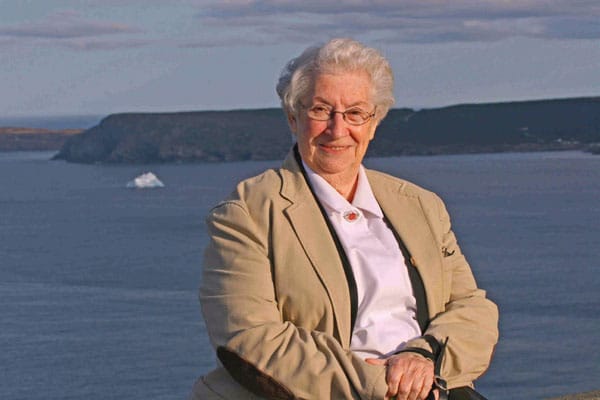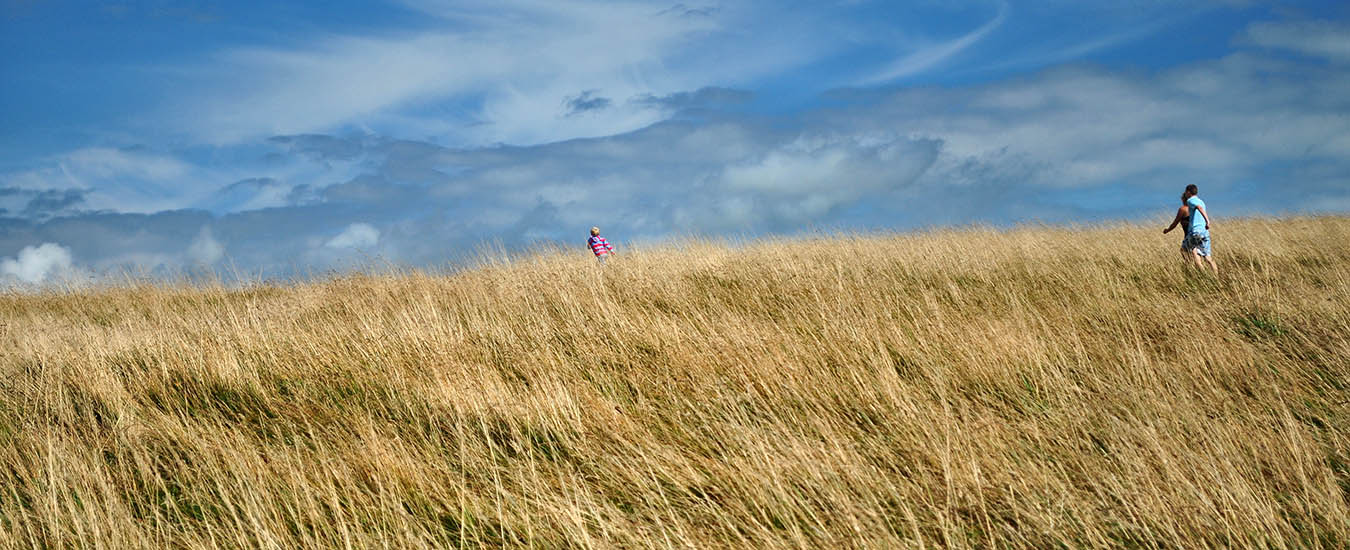More than 25 years ago, friends told Gladys Osmond that their son was stationed in Bosnia. She wrote a letter to him. Now, the 87-year-old writes about 1,000 letters, cards and e-mails a month to Canadian Forces personnel overseas and at home. For her tireless compassion, she’s received the Governor General’s Caring Canadian Award, an honourary degree from Memorial University, the Order of Newfoundland and Labrador, and the Canadian Forces Medallion for Distinguished Service. Saltscapes spoke to Gladys in Springdale, NL, about growing up during the Second World War, working as a teacher and chaplain, and the joy of waking.

Q Where did you grow up?
A Grand Falls, Newfoundland. My mom was a stay-at-home mom and my father worked in the mill. Dad played trombone in the Salvation Army Band.
Q How did you get interested in the military?
A In the Second World War, some of my classmates went overseas, some aged 15 and 16. One boy sat across the aisle from me. He joined the air force. A friend in town who’s about my age says he was there when they were machine gunned down, about to get into a plane.
Q You worked as a teacher?
A In 1947 I was in Peterview with 84 students from kindergarten to Grade 8, and had all the church work to do. We began the first town council and I trained with the men as they began the first fire department. I started the first Guides movement and got the Scouts going. I think I worked in my sleep. I was married and raised my children—two sons and three daughters.
Q What did you do after your kids were gone?
A After my husband passed, I went back to the Salvation Army. They transferred me to Toronto in 1983. My first appointment was at Evangeline Residence, a women’s shelter. A lot of the women thought of me as their grandmother. They’d cry on my shoulder and talk.
Q And after you retired?
A Within a week I was back in Newfoundland. I settled into a senior’s cottage. A nursing home, Valley Vista, is on the same grounds. They asked me if I would volunteer as a chaplain. I did that for 17 years.
Q When did you start writing letters?
A When I was in ninth grade, I was president of the Junior Red Cross. Some other girls and I knit wool and yarn into sweaters, scarves, mitts, socks and helmet liners to be sent to the troops. Sometimes we would put our name and address with the items and occasionally got replies. That would have been about 1939-40.
Q Describe a typical day.
A My days begin about six. I check my e-mail and answer those. I’ll get breakfast and go back to it again. I have to do my chores, but the rest of the time I’m writing perhaps till midnight.
Q What do you say in the letters?
A I tell the soldiers about my day. When I was having breakfast this morning, it was so quiet and peaceful here. I had a nice cup of tea. I was so thankful, so when I write my letters they will be about thankfulness.
Q Is every letter individual?
A When they’re hand written, but when I do them on the computer, I do 10. I don’t seal the envelopes. [Soldiers will] read one and put it back or take it with them. The postage comes out of my Old Age pension. I can use ink like water.
Q It sounds like a lot of work.
A This is not work at all. I just can’t wait to get up and get started every morning. It’s just a joy. It’s like I’m talking to people all day long. I’m usually here alone, but I have a very big military family…. I’ve made [Canadian soldiers] a promise. As long as I have the use of my eyes, the use of my hands and my brain still works, I’ll write to them till they all come home.
